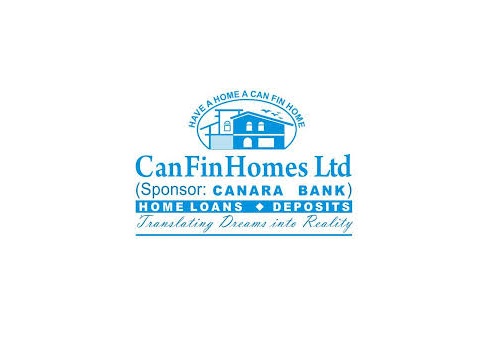India to cut daytime power tariffs, raise fees for night use

India will cut tariffs for daytime power use but charge a premium when electricity demand peaks during the night, in a bid to manage surging demand and boost the use of renewable energy.
The new policy, outlined by the federal power ministry on Friday, will come into effect from April 2024 for commercial and industrial consumers and a year later for most other consumers except those in the agricultural sector.
It is aimed at encouraging price-sensitive consumers to run their air-conditioners for fewer hours at night, which would in turn reduce the strain on overworked fossil-fuel power plants and lower the risk of nighttime power cuts. It would also help slash emissions.
India faced its worst electricity shortages in six years during the year ended March 2023, as searing heat and a surge in economic activity meant supply was not able to keep up with demand that grew at its fastest pace in 33 years.
During so-called "solar hours", tariffs will be 10%-20% less than normal levels, while tariffs during peak night hours when air-conditioning use is cranked up after people come home from work will be 10-20% higher.
"Since solar power is cheaper, the tariff during the solar hours will be less, so the consumer benefits," Power Minister R. K. Singh said in a statement.
"During non solar hours, thermal and hydro power as well as gas based capacity is used - their costs are higher than that of solar power - this will be reflected in time-of-day tariff," he said.
Critics have argued that the absence of flexible tariff structures in much of Asia has pushed grid operators to favour fossil-fuel plants over renewable power plants - just to address a few hours of peak demand.
India's power demand is expected to grow twice as fast over the five years ending March 2027 as air-conditioner use and industrial activity increase.





















